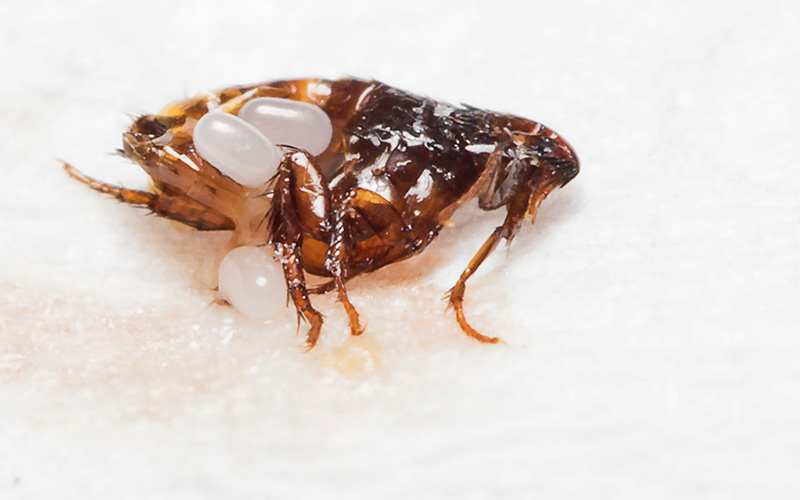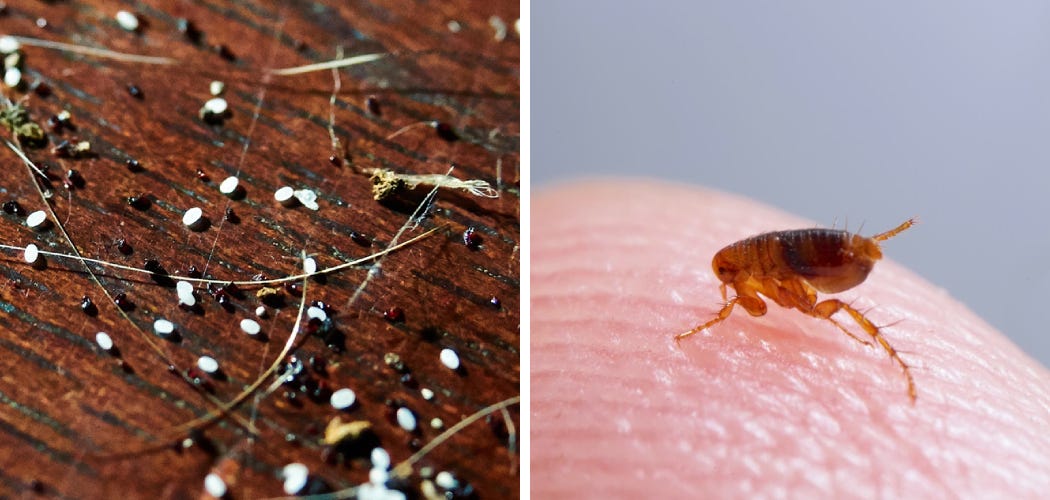Wood fleas, also known as springtails, are tiny pests that can cause big problems in your home. Though they are not harmful to humans or pets, their presence can be a nuisance. Here’s an in-depth look at what wood fleas are, how to identify them, and most importantly, how to get rid of them.

What Are Wood Fleas?
Wood fleas are small, wingless insects that belong to the Collembola order. They are often mistaken for fleas due to their size and jumping ability. However, unlike fleas, wood fleas do not bite or spread diseases. They thrive in moist environments and are commonly found in decaying wood, leaf litter, and soil.
Identifying Wood Fleas
Identifying wood fleas can be challenging due to their small size, usually less than 1/8 inch long. They are typically white, gray, or light brown. Here are some key characteristics to help identify them:
- Small and wingless: Wood fleas are tiny, making them hard to spot.
- Jumping ability: They can jump several inches using a specialized structure called a furcula.
- Moist environments: Look for them in damp areas like basements, bathrooms, and kitchens.

How to Get Rid of Wood Fleas
Getting rid of wood fleas involves addressing the moisture problem in your home and eliminating their habitat. Here are some effective steps to take:
- Reduce Moisture Levels
- Fix any leaks in plumbing, roofs, or windows. Use dehumidifiers in damp areas and ensure proper ventilation. 💧
- Clean and Vacuum Regularly
- Regular cleaning and vacuuming can help remove wood fleas and their habitats. Pay special attention to damp areas and any places where organic matter accumulates. 🧹
- Use Diatomaceous Earth
- Diatomaceous earth is a natural powder that can kill wood fleas by dehydrating them. Sprinkle it in areas where you suspect wood fleas are present. 🌿
- Apply Insecticides
- Use insecticides specifically designed for springtails or general-purpose insecticides. Follow the instructions carefully and keep pets and children away from treated areas. 🐾
- Seal Cracks and Gaps
- Seal any cracks and gaps in your home’s foundation, walls, and windows to prevent wood fleas from entering. 🏠
- Remove Organic Debris
- Clean up leaf litter, mulch, and decaying wood around your home. These are common habitats for wood fleas. 🍂
- Monitor and Maintain
- Regularly monitor the affected areas to ensure the wood fleas do not return. Continue to maintain a dry and clean environment. 🔄
Prevention Tips
Preventing wood fleas from becoming a problem in the first place is crucial. Here are some additional tips:
- Store firewood away from your home: Keep it elevated and dry.
- Use a moisture barrier in crawl spaces: This can help reduce dampness.
- Regularly inspect and clean gutters: This prevents water buildup around your home.

Conclusion
Wood fleas can be a persistent nuisance, but with the right approach, you can eliminate them and prevent them from returning. By addressing moisture issues, maintaining cleanliness, and using natural and chemical treatments, you can protect your home from these tiny invaders.
